Welcome to the first chapter of a three-part weekly series starring Final Fantasy XVI. Co-stars include whatever brand of coffee I’m drinking as I write these articles.
Every week, I’ll be taking an extended look at specific aspects of FFXVI as we presently know it. Future parts will spend more time checking out that gorgeous recent State of Play trailer, first from a narrative and thematic perspective and later through a bunch of scribbled thoughts on combat and other potential gameplay features.
For now, however, I will tilt my Dominant gaze toward some thoughts on the development team behind Square Enix’s next Final Fantasy’s next big thing. I’ll also spend some time musing over the shape of XVI’s world and how its designers may have gone about transforming such scale into something feasible to program in this modern age of RPGs. We’re decades removed from simple world maps; players today demand far more detailed settings.
That’s enough pre-show chatter. Let’s mosey.
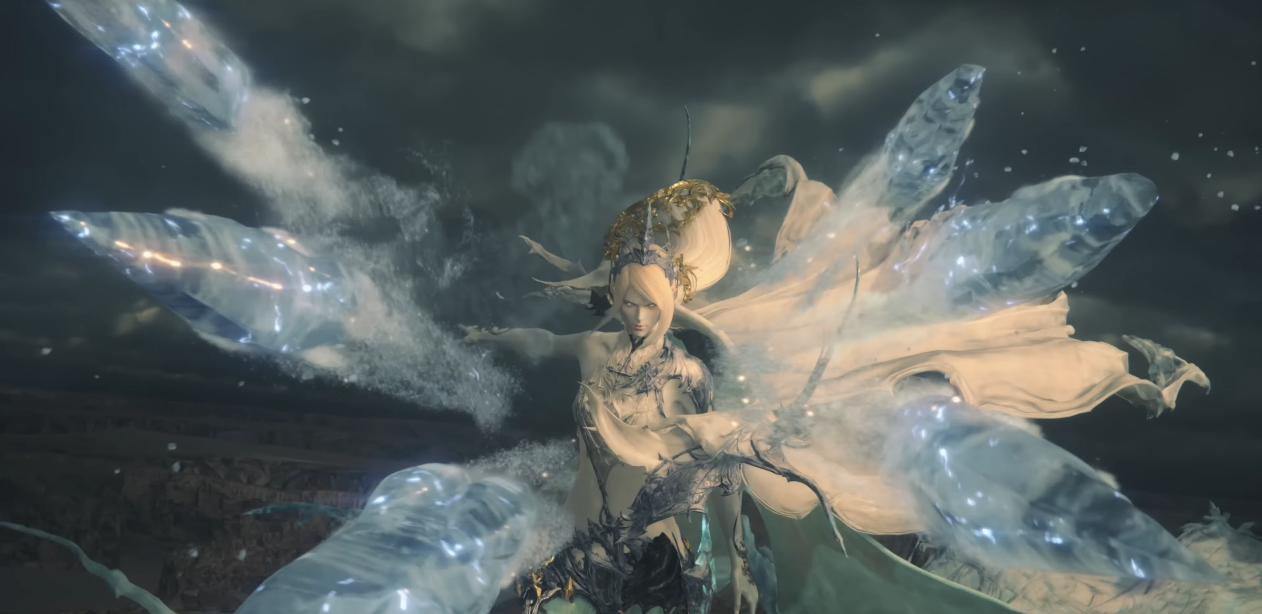
Awakening
Fabula Nova Crystallis is dead.
No, not this website. Nova Crystallis is fabulous. But the fal’Cie, the l’Cie, you see, they’re done and dusted, one and all. The Lightning saga lived long enough to directly influence Final Fantasy XV, itself a re-imagined spin on one of Fabula’s promised tales. FFXV was a single-game affair — a divisive 2016 blockbuster four-bro rodeo that closed the curtains on “one myth, countless stories.”
The arrival of Final Fantasy VII Remake two years ago was a breath of fresh air; the game is every bit a major production with all the bells and whistles that make this franchise stand out so brilliantly in the eyes of millions. But for all its narrative alterations, Remake is a partial retelling of a story that is far older than Fabula. In that way, it didn’t feel like Cocoon’s long shadow was truly behind us.
A few months later, the world got its first taste of the future when September 2020’s PlayStation State of Play gave us an inaugural glimpse of Final Fantasy XVI. Chocobo-mounted knights took to the field on behalf of their kingdoms. Steel clashed with steel on the ground, eclipsed by the iconic summons Shiva and Titan duking it out like kaiju in the skies above. It was an appetizer that would need to keep us satiated for longer than we would have liked; but of all the reasons for a prolonged wait, “a global pandemic” is pretty indisputably a solid one.
Now, mere days after the long-awaited second trailer’s debut at another State of Play, the Final Fantasy fandom has been given a heartier meal’s worth of fresh information to pick apart like the rabid audience we are. Has the response been universally positive? Of course not. Final Fantasy means different things to people. I’m convinced that there is no prize-winning formula to the series that can successfully unite more than two-thirds of us under a single critical roof.
But is the trailer gorgeous? Does it cast the impression of a world with epic scope and a story that’s unafraid to take some risks whilst we traverse it? Is that most nebulous of phrases, that “Final Fantasy DNA,” visible all throughout? Most importantly, does it feel like its own saga rather than something that retreads a vibe this franchise’s single-player fare has centered upon for well over a decade?
Yes. And that’s a very good thing because the legacy of Fabula Nova Crystallis has shaped our history for long enough.
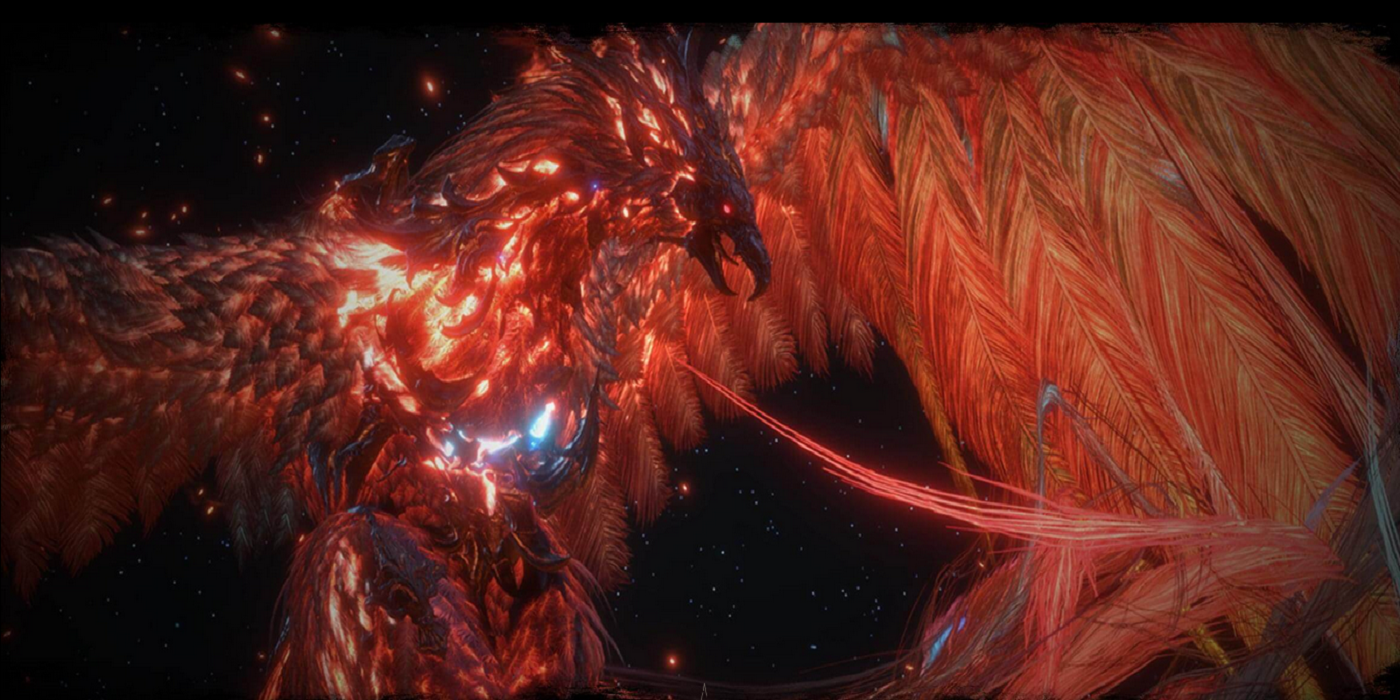
Valisthea, My Love
Ask a dozen FF fans how they categorize the games and you’ll get at least half as many answers. To me, there are three major categories — your chocolate, vanilla, and strawberry ice creams — and they’re heroic fantasy, science-fiction fantasy, and epic fantasy. There’s no clean cut here. FFIX is heroic fantasy almost through and through, but the existence of Terra and a spaceship that journeys between worlds veers its third act into sci-fi. But these are broad strokes.
The heroic fantasy titles are mainly found toward the beginning of the series; the science-fiction fare crops up mainly with VII but has a faint moogle hand print on VI as well; and the epic fantasy, the more political and men-are-monsters stuff, gets its start with Yasumi Matsuno’s Final Fantasy Tactics before carrying over into the similarly Ivalician XII and then heavily influencing both XIV and now XVI.
Yasumi Matsuno isn’t producing Final Fantasy XIV, nor is he directing it. If he’s written anything, it can’t be much. But take a look at this game’s key staff.
Kazutoyo Maehiro’s name doesn’t exactly ring bells like shouting ‘this is all Nomura’s fault’ at an anime convention, but the guy has played a pivotal role in nearly every Ivalice game and co-wrote both A Realm Reborn and Heavensward before vanishing from future FFXIV credits to get started with XVI.
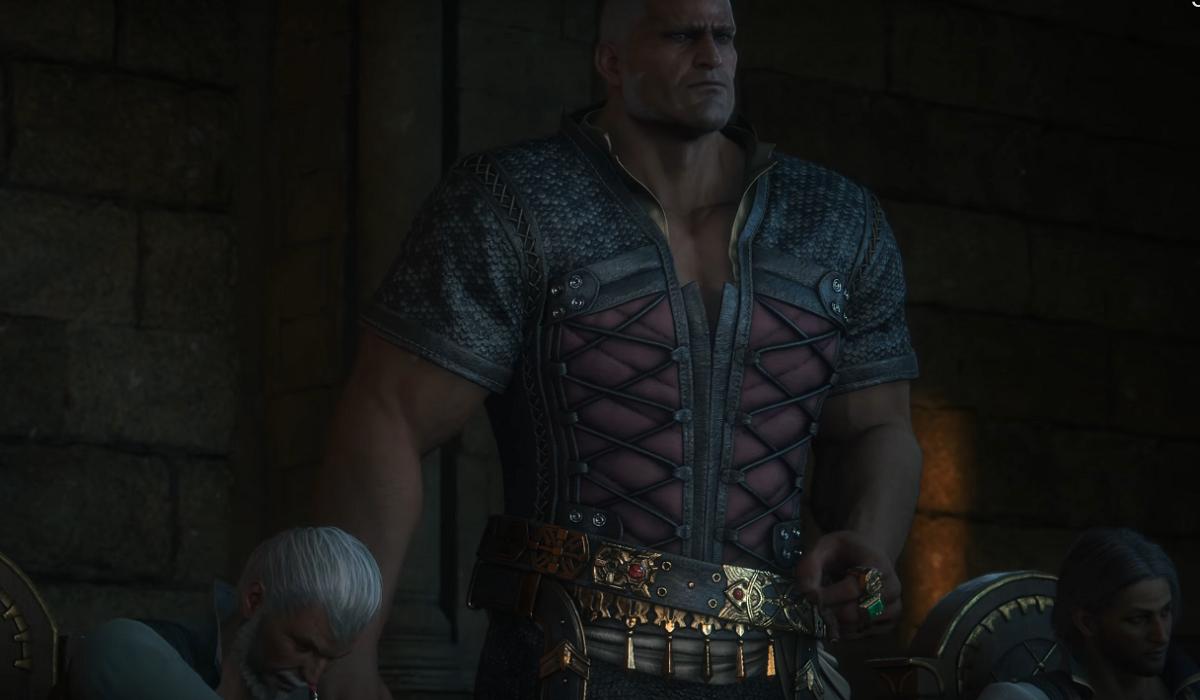
Hiroshi Minagawa’s much the same. He got his hands wet with some other projects along the way, but the bulk of his career with Square Enix is defined by Matsuno’s Ivalice and Yoshida’s Eorzea. Without Minagawa’s help, I’m not sure FFXII would have released in as decent a shape as it did following Matsuno’s departure.
I could keep going, but frankly, our colleagues at RPG Site have us covered. This is a group with serious pedigree toward Final Fantasy’s somewhat darker medieval entries. I haven’t even sung the praises of the most recognizable of the bunch, Naoki Yoshida himself, nor told you how many times I’ve gone to sleep listening to Masayoshi Soken’s blissful tracks. You get the picture already.
All of this is to say, the realm of Valisthea is in good hands. And what a realm it appears to be. We’ve attached a screenshot of the official map because words can only do so much justice to the magnitude, the scope, of what Creative Business Unit III has in store for us.
Behold the Grand Duchy of Rosaria, a conglomeration of independent territories banded together in defensive unity. Come see the Holy Empire of Sanbreque, with its Holy Emperor, worshiped as a living god. To the expansive east, laying claim to the fullness of Valisthea’s second half, the Kingdom of Waloed. There’s the five-state union of the Dhalmekian Republic, the island-dwellers of the Iron Kingdom, and the vast neutral zone known as the Crystalline Dominion.
Naoki Yoshida envisioned FFXIV’s storied and splendid northern nation of Ishgard. Kazutoyo Maehiro co-wrote its spectacular intricacies, its hidden bloody past, and morally bankrupt present, its slow and steady march toward an uncertain but more hopeful future. Joining Maehiro in this endeavor was Natsuko Ishikawa, and while she does not appear to have had a hand in penning XVI’s lore, she’s hardly been idle, having helmed the scripts for both Shadowbringers and Endwalker instead.
I mention all this to strike a fine point: all these cool-sounding kingdoms wouldn’t amount to much if there wasn’t a passion at the helm to deliver another Ishgard, or indeed, another Ivalice. What good is a collection of tantalizing sociopolitical ambitions presented to us through the lenses of feuding characters spouting over-the-top ideologies if the characters aren’t diverse, the ambitions aren’t myriad, and the sociopolitical basis isn’t believable?
Valisthea’s got a lot to live up to, but judging by the most recent trailer, I think we’re in for a treat.
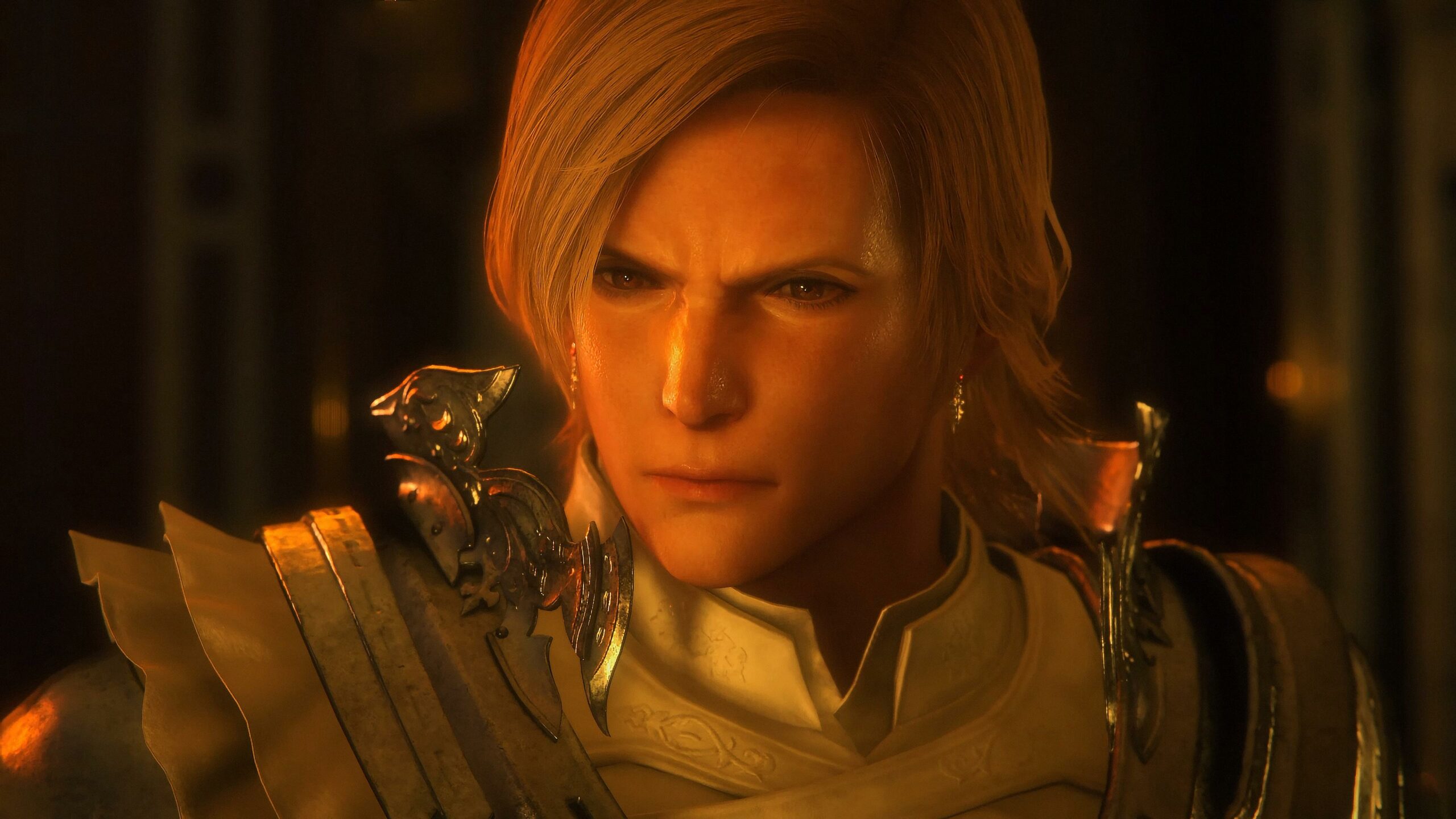
World Maps and Other Delusions
It’s been 22 years since the last time a mainline Final Fantasy gave us a traditional world map. To put that into further perspective, the franchise itself had been around a relatively mere 13 when Final Fantasy IX shut the door on the PlayStation trilogy, and world maps along with it.
In light of this, it can be easy to give that Valisthean map a cynical eye. Unwarranted comparisons can be made to the dodgy way in which Final Fantasy XV’s world of Eos was revealed — this is Eos, but this is the majority of its playable space — but it should be noted that Yoshida’s team has two big things going for them.
Their game isn’t a renamed reboot of a botched Fabula Nova Crystallis package announced ten years before delivery but infamously rushed when it finally entered production. Yes, no matter what some may claim, and it’s an irony of ironies, Final Fantasy XV was rushed. Director Hajime Tabata was saddled with a nearly impossible command to launch something solid in under three years with mere developmental scraps and lore scribbles to base his plans upon. Whether his squad succeeded is a matter of some debate in fandom, but it can’t be denied that the road trip across the Kingdom of Lucis probably wouldn’t cut it for covering the intricacies of Valisthea.
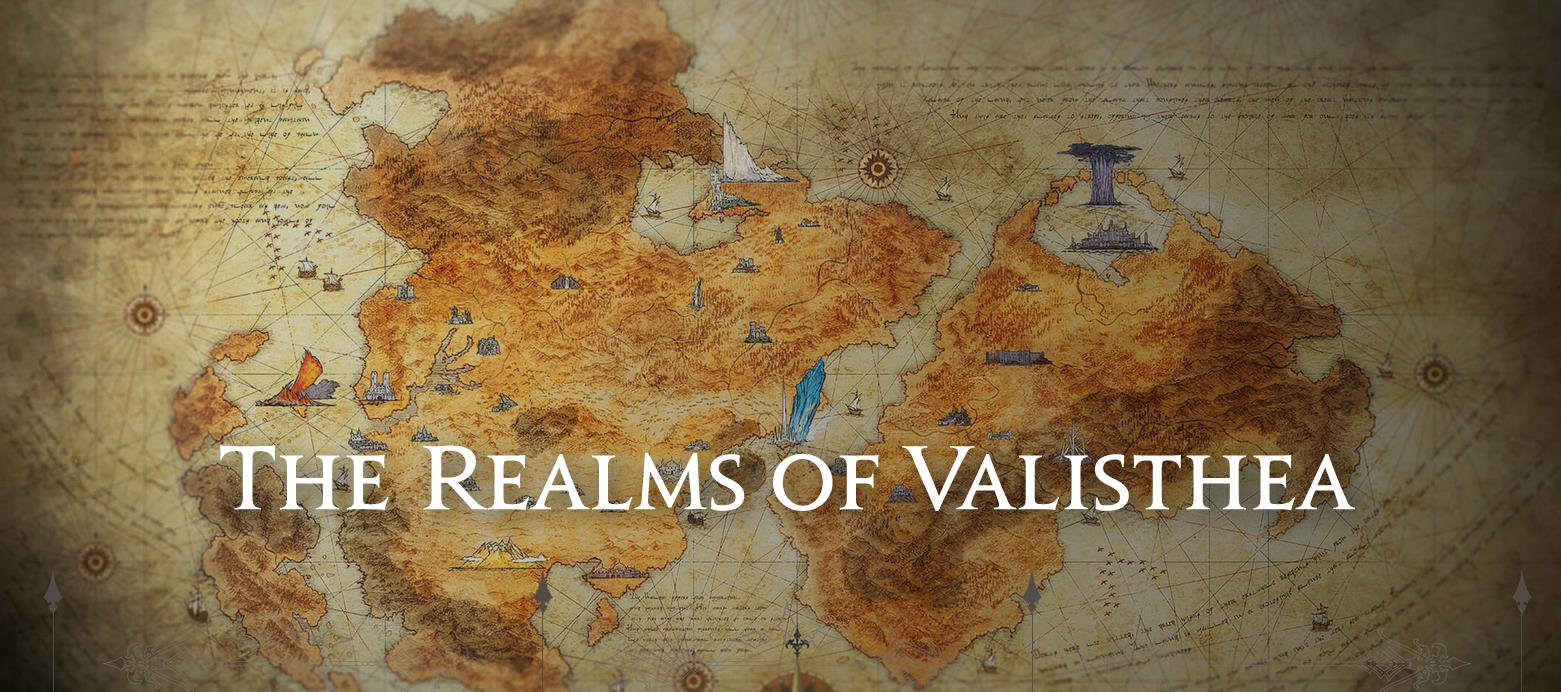
Here’s the other thing. Yoshida’s team is not Tabata’s team. I mean no disrespect toward the hard-working and professional people, doubtless overworked and possibly underpaid, who joined forces to create XV. The project was a mess and very little could have changed that. In fact, one of the only ways I can possibly imagine a cleaner salvage of the wreck that was Versus XIII is if Naoki Yoshida was the one who spearheaded the operation. Simply put, that’s how much faith I have in Creative Business Unit III. From the top-down, everyone would have worked just as hard. But the sheer verve that compels ‘Yoshi-P’ and his close associates to rise with the sun and keep crafting well-realized Final Fantasy goodness was the missing ingredient in Noctis’ resurrection.
We’ve established, then, that I believe in the developers’ ability to hand us a Valisthea whose exploration conveys a convincing sense of scope. It won’t be a 1:1 direct connection to the designers’ dreams, but it will get the job done because these people have gotten the job done before. Final Fantasy XII’s “open regions,” as I’ve often called them, fill the vast portions of Ivalice that players cut across with the kind of wondrous width that wowed in 2006 and continued to impress some 11 years later with The Zodiac Age. Final Fantasy XIV’s own zones owe some of their distinctiveness to XI’s and XII’s, and a journey from one end of Eorzea to the other feels satisfyingly-sized and eventful.
There are games that have been released since long after XII and even XIV, predominantly from the minds of Western studio heads, that have either reflected a similar approach or gone in a respectable, and arguably evolutionary, direction. Dragon Age: Inquisition stands in stark contrast to the fairly linear Dragon Age: Origins and exceptionally linear Dragon Age 2 with its more Ivalician world design.
A little game called The Witcher 3 advanced this meaningfully, dividing Geralt’s adventures into several open-world locales of varying scale. Even Sony Santa Monica’s 2018 breakout God of War sequel has a refined mechanic for trekking across its domains, and these are all games that surely factored into early debates on how to turn Valisthea from a pretty map into something special.
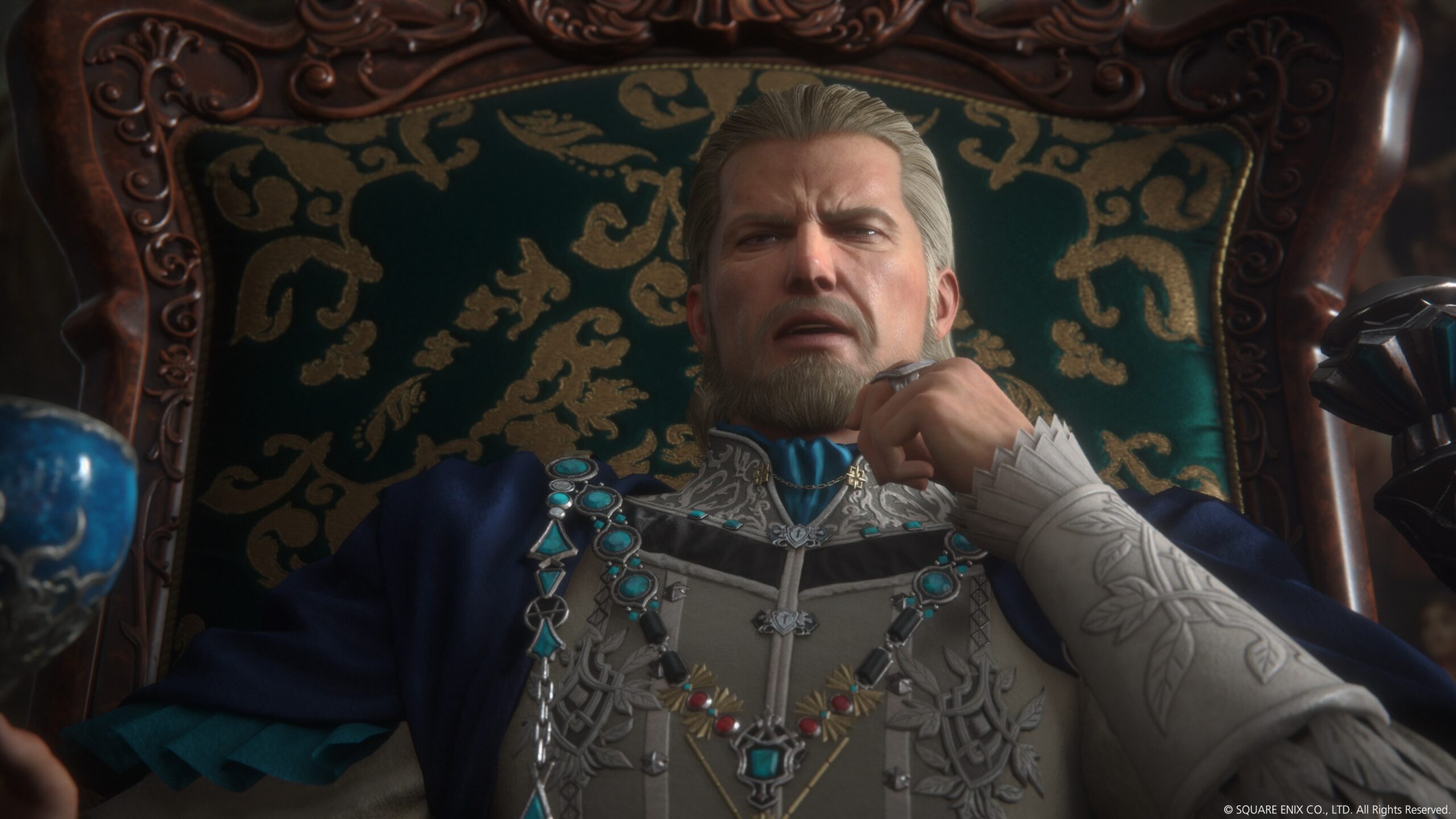
Coming Next Week
What can the June 2022 State of Play trailer tell us about Clive’s journey? Can we safely piece together Final Fantasy XVI’s core themes a year before its launch? How will supporting cast members like Benedikta and Hugo factor into the narrative? And is that blonde guy in the imperial throne room basically just Ravus Shinra?
I’ll toss everything we currently know about the next mainline Final Fantasy into a blender and we can sample a story-centric supposition smoothie. That’s a polite, if terribly odd, way of saying expect me to rant shamelessly about why I hope Jill Warrick is more than just a plot piece.
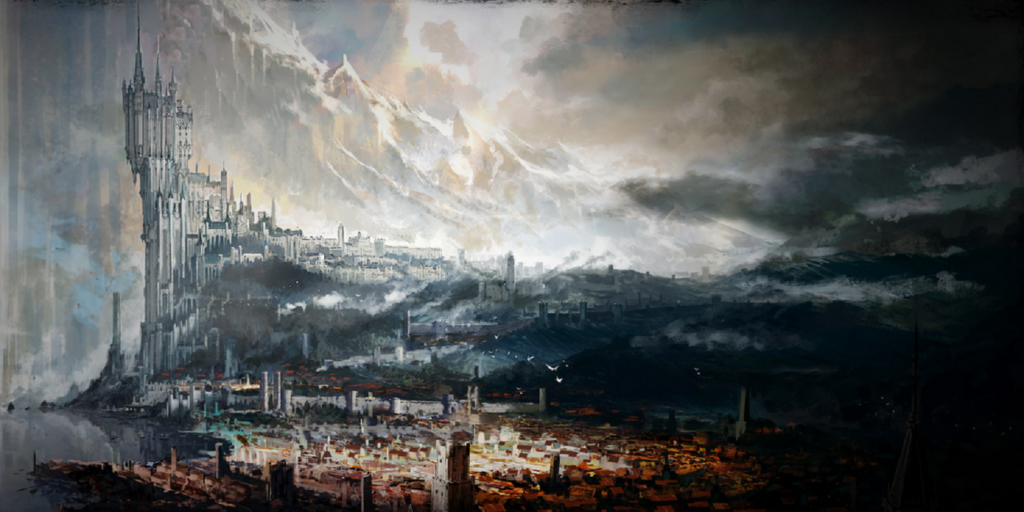
Recent Comments